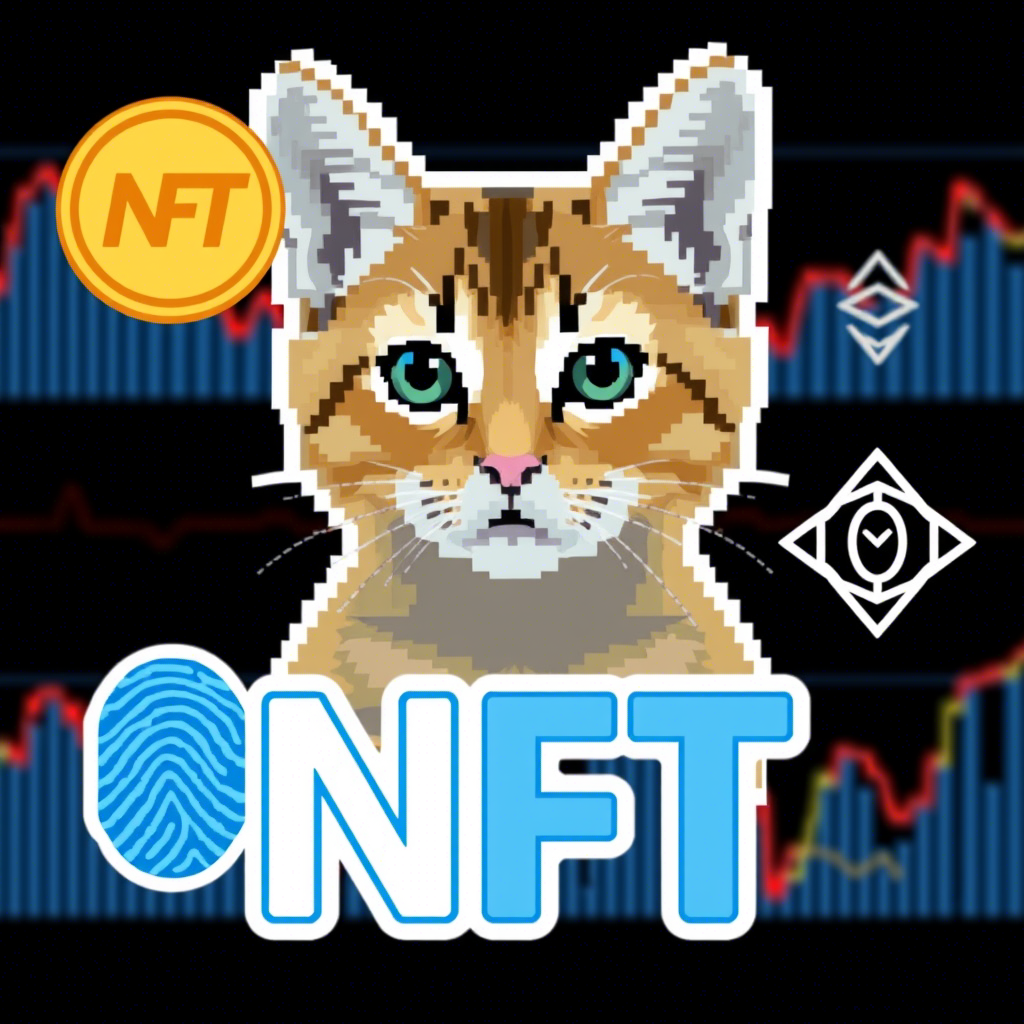Learn the core concepts behind NFTs, how they differ from cryptocurrencies, and why they’re revolutionizing digital ownership.

Learn the core concepts behind NFTs, how they differ from cryptocurrencies, and why they’re revolutionizing digital ownership.
Non-Fungible Tokens, or NFTs, have taken the digital world by storm. Whether you’ve seen headlines about digital art selling for millions or heard buzz about NFT gaming, it’s clear that NFTs represent a revolutionary new way to think about ownership in the digital realm. In this guide, we’ll introduce you to the basics of NFTs, explain how they differ from cryptocurrencies, and discuss why they are considered groundbreaking for digital ownership and the broader creative economy.
An NFT is a unique digital asset verified on a blockchain, ensuring that it is one-of-a-kind. Unlike cryptocurrencies like Bitcoin or Ethereum, which are fungible (each unit is the same as every other unit), NFTs have distinct characteristics and cannot be exchanged on a one-to-one basis.
Key Characteristics:
Fungible Assets:
Fungible items are interchangeable. For example, one Bitcoin is equal in value to another Bitcoin. Traditional currencies like the US Dollar are fungible; every dollar bill holds the same value.
Non-Fungible Assets:
NFTs, on the other hand, are non-fungible. They’re like original pieces of art, where one painting is not interchangeable with another. Even if two NFTs belong to the same collection, each token’s metadata and ownership history makes it unique.
NFTs primarily use blockchain technology. Most NFTs are created on networks such as Ethereum, which supports the ERC-721 and ERC-1155 token standards. These standards define how NFTs are created, transferred, and managed on the blockchain.
Blockchain and NFTs:
The process of creating an NFT is often referred to as minting. Here’s a simplified overview:
Creation of Digital Content:
An artist or creator designs a digital item (art, music, video, etc.).
Choosing a Platform:
Creators choose an NFT marketplace (e.g., OpenSea, Rarible, Foundation) where they can mint their NFT.
Minting Process:
The creator uploads the digital file along with metadata (title, description, attributes) to the marketplace. A smart contract then creates the NFT on the blockchain, permanently recording its details.
Setting Royalties:
Many platforms allow creators to set a royalty percentage so they earn a commission on secondary sales.
Listing for Sale:
The newly minted NFT can then be listed for sale, auction, or held by the creator.
NFTs have opened new avenues for digital ownership and creativity. They allow artists to monetize their work directly, enable gamers to own in-game items, and give collectors a secure, verifiable method to invest in digital assets.
Impact Areas:
Non-Fungible Tokens represent a paradigm shift in digital ownership. They empower creators, provide verifiable proof of authenticity, and open up new economic models in digital art, gaming, and beyond. While challenges such as environmental impact and intellectual property rights remain, the potential of NFTs to transform various industries is undeniable.
Cryptocurrency is a form of digital money that operates on decentralized networks using blockchain technology. Unlike traditional currencies, it isn’t controlled by banks or governments. Transactions are verified by network participants and secured through cryptography. Popular examples include Bitcoin and Ethereum. Cryptocurrencies offer faster, more secure payments and give users greater control over their finances …
Cryptocurrency is a form of digital money that operates on decentralized networks using blockchain technology. Unlike traditional currencies, it isn’t controlled by banks or governments. Transactions are verified by network participants and secured through cryptography. Popular examples include Bitcoin and Ethereum. Cryptocurrencies offer faster, more secure payments and give users greater control over their finances …
Cryptocurrency is a form of digital money that operates on decentralized networks using blockchain technology. Unlike traditional currencies, it isn’t controlled by banks or governments. Transactions are verified by network participants and secured through cryptography. Popular examples include Bitcoin and Ethereum. Cryptocurrencies offer faster, more secure payments and give users greater control over their finances …
Cryptocurrency is a form of digital money that operates on decentralized networks using blockchain technology. Unlike traditional currencies, it isn’t controlled by banks or governments. Transactions are verified by network participants and secured through cryptography. Popular examples include Bitcoin and Ethereum. Cryptocurrencies offer faster, more secure payments and give users greater control over their finances …